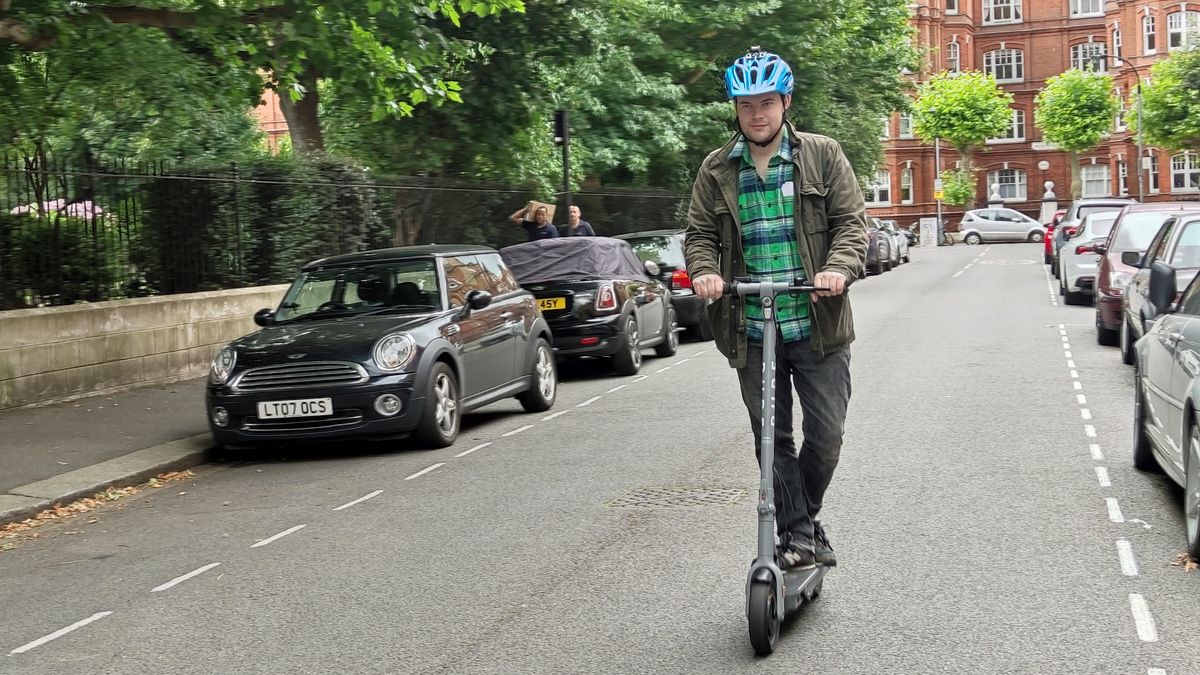She also made major contributions to the local and international contemporary art scenes. According to its website the Pari Nadimi Gallery, which Nadimi founded in 1998, has hosted more than 200 exhibitions, and placed the work of its artists in the permanent collections of illustrious institutions like New York’s Museum of Modern Art and the Victoria and Albert Museum in London.
Bellwoods is located on a bustling stretch of Queen Street West between Shaw Street and Gore Vale Avenue, and is among Toronto’s most visited public parks. On most summer days it’s crowded with people sitting, lying, or playing sports beneath the trees, and could soon attract even more visitors. It’s
one of 27 parks where the city will allow consumption of alcohol as part of a pilot project that begins Wednesday.
In
June 2016 a man was killed in Bellwoods when a tree limb fell a reported 12 metres and struck him while he was sitting with his pregnant partner.
Andrew Baughn, an arborist who lived near the park for years, said news of a second death in Bellwoods is tragic. He said the city should be taking a proactive and aggressive approach to maintaining trees in a unique site like the park, which is heavily trafficked and full of mature trees.
According to Baughn, tree species common in Bellwoods like Siberian elms have a tendency to grow long, thin branches when given space to spread out, and they have “pretty poor branch attachment.”
“At some point they will break off,” and in a busy public park, “there's certainly a good chance that there will be someone underneath (the tree)” when the branch snaps, he said.
“Certainly after two accidents in the same park and two fatalities, I think that they really should take a hard look at this if they haven't already.”
City of Toronto spokesperson Russell Baker said the municipality is aware of reports that the victim in last week’s incident had died, and “sends its deepest sympathies to the woman’s family and friends.”
He said staff “actively perform visual assessments and maintenance” on more than 5 million trees growing in the city’s parks, ravines, and along its streets, including in high-use areas like Bellwoods.
“Despite efforts like these, incidents like this can unfortunately happen — even with healthy trees. The City remains committed to performing maintenance activities throughout the year which includes pruning branches within the tree's crown and, when necessary, tree removal,” he said.






